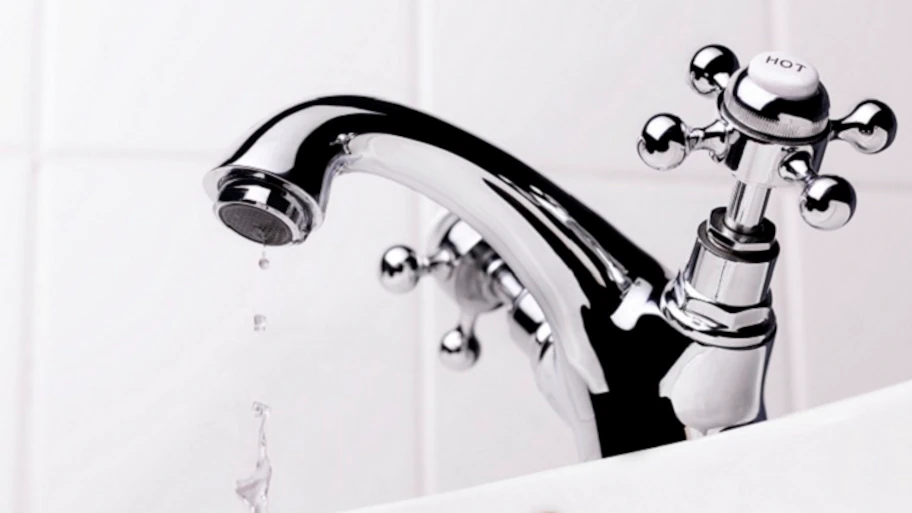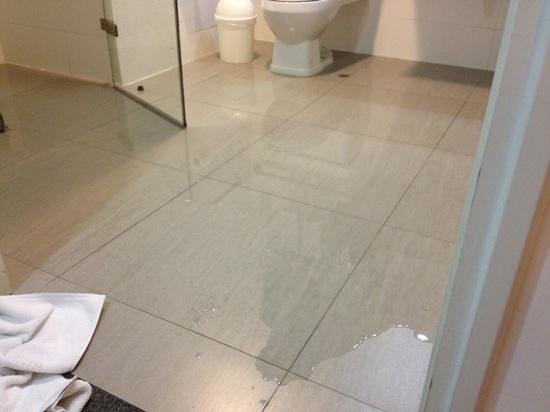Nearly everybody seems to have their own unique opinion about How to Repair and Prevent Bathroom Water Damage?.

Water damage usually happens in the bathroom as a result of the water made use of day-to-day. Often, the damage could be a little mold from the shower. Other times, it's substantial damages on your flooring. Whatever it is, it is constantly great to know the reason and also avoid it before it happens.
This overview will certainly go through a few of the common sources of water damage in the washroom. We will also analyze what you can do to avoid these causes from harming your washroom. Allow's dive in.
These are the typical reasons you would certainly have water damage in your restrooms and just how you can identify them:
Excess Moisture
It's cool to have that lengthy shower as well as splash water while you hem and haw as well as act like you're executing, however sometimes these acts can trigger water damage to your bathroom.
Sprinkling water around can trigger water to go to edges and create molds. See exactly how you spread out excess wetness around, and when you do it, clean it up to stop damage.
Fractures in your wall floor tiles
Restroom wall ceramic tiles have actually been specially designed for that objective. They secure the wall surface from wetness from individuals taking showers. Nevertheless, they are not unbreakable.
Often, your washroom wall surface floor tiles split and permit some moisture to seep right into the wall surface. This might possibly damage the wall if you do not take any kind of action. If you notice a fracture on your wall surface ceramic tiles, repair it quickly. Don't wait till it damages your wall.
Overruning bathrooms and also sinks
As people, sometimes we make errors that might trigger some water damage in the bathroom. As an example, leaving your sink tap on can create overruning as well as damages to other parts of the washroom with moisture.
Also, a malfunctioning toilet could cause overflowing. For instance, a busted toilet deal with or other parts of the tank. When this takes place, it can harm the floor.
As quickly as you see an overflowing sink or toilet, call a plumbing professional to help deal with it right away.
Ruptured or Dripping Pipelines
There are many pipes carrying water to different parts of your restroom. Some pipes take water to the bathroom, the sink, the taps, the shower, as well as numerous other locations. They crisscross the tiny location of the shower room.
From time to time, these pipes could get rusty and burst. Various other times, human action could trigger them to leak. When this takes place, you'll locate water in the edges of your shower room or on the wall.
To detect this, watch out for bubbling walls, mold and mildews, or mildew. Call an expert emergency plumbing to fix this when it occurs.
Roofing Leakages
Sometimes, the problem of water damage to the bathroom may not originate from the restroom. As an example, a roofing system leak could create damage to the restroom ceiling. You can identify the damages done by looking at the water discolorations on the ceiling.
If you discover water spots on your ceiling, examine the roof covering to see if it's damaged. After that, call a specialist to help address the problem.
Conclusion
Water damage to your washroom can be annoying. Nonetheless, you can handle it if you protect against a few of the reasons pointed out in this guide. Call a specialist emergency situation plumbing if you notice any kind of extreme damage.
How to Repair a Water-Damaged Wall in the Bathroom
All you need to know to repair bathroom wall water damage – from identifying the water source to finishing the repair professionally. If you don’t act quickly to resolve a water damage problem, you could find that it develops into a mold issue and/or cause structural damage to your home. Follow this guide to repair your bathroom before it's too late.
All you need to know to repair bathroom wall water damage
Water damage is a common household problem, and one that, if left unrepaired, can quickly lead to structural problems and health issues. The two most likely rooms where water damage may occur is the bathroom and the kitchen – where water is used often and there is high humidity.
What is water damage?
It is easy to think of water damage as caused by a flood or leaking tap or burst water pipe. However, when water damage is assessed, there are three main categories into which water falls (as classified by the American National Standards Institute). These categories are defined as:
Category 1 Water – ‘Clear Water’
This is sanitary water. There is usually no major threat to health by washing with this water, drinking it, or inhaling if it is streaming. Most water that enters your home will be category 1 water, while most water leaving your home will be either category 2 or 3 water. It may also come from melting snow, rainwater and water tanks.
Damage caused by this type of water can usually be repaired or restored, though this doesn’t mean that there are no potential health issues.
Category 2 Water – ‘Grey Water’
This is contaminated water – sometimes considerably so – and will cause illness if consumed or if it comes into contact with your skin. Water damage in this category is often caused by overflows from toilet bowls, and damage to washing machines and dishwashers. While damaged items might still be repaired or restored after damage by grey water, it is more difficult and more expensive to do so.
If the water damage in your home has been caused by grey water, it is advisable to have repairs made by professionals.
Over time, grey water will deteriorate and become black water.
Category 3 Water – ‘Black Water’
Category 3 water, also known as black water, is highly contaminated and a great risk to health. This may contain raw sewage, heavy metals, and other toxic substances. It will smell terrible.
If this is the water that has caused damage in your bathroom, do not touch it. Stop the water flowing if possible, seal the room and call the experts: it really isn’t worth the risk of ill health and disease that could be fatal. It is very unlikely that items can be repaired or restored if they have been damaged by black water.
https://www.porterscleaning.com/blog/how-to-repair-a-water-damaged-wall-in-the-bathroom/

I came across that piece about How to Repair and Prevent Bathroom Water Damage? while doing research the search engines. Appreciated our write up? Please share it. Let somebody else locate it. We cherish reading our article about How to Repair and Prevent Bathroom Water Damage?.
Book Your Installation